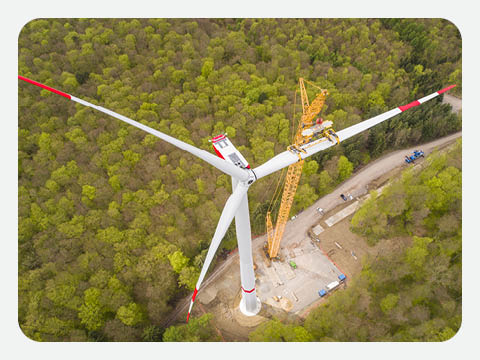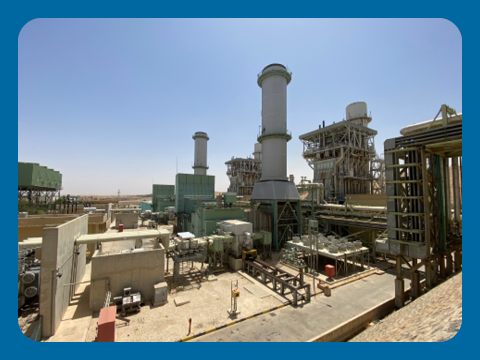

Metallurgical engineering involves the study, innovation, design, implementation, and improvement of processes that transform mineral resources and metals into products that improve the quality of our lives. Our metallurgy experts have spent years of their careers studying metals with applications ranging from heating radiators found in domestic settings to complex metal structures used to manufacture turbine blades.
Our experts’ findings have been used following many catastrophic failures, including:
- Mechanical failure of steel blades in steam and gas turbines
- Stress corrosion cracking of zinc water fittings
- Failure of steel bolts in collapsed cranes on construction sites
- Failure of refractory lining in industrial heaters
- Failure of wind turbine masts
Many techniques are used by our experts when analysing metallurgical failures, including the following:
- SEM (Scanning Electron Microscopy), which combines high magnification and exceptional depth of field to allow a detailed, microstructural examination of most materials
- Qualitative assessment of fracture surface topography, 3-D particulate morphology and surface finish can be accurately completed using SEM and visual examination of prepared samples
- EDXA (Energy-Dispersive X-ray spectroscopy), used with the SEM to quantitatively determine elemental composition of a sample. By scanning different points on the surface of a sample, elemental ‘maps’ of the surface can be produced to identify where individual elements are concentrated.
- Optical Microscopy, to add an extra dimension of colour to allow further diagnostic capabilities to testing. This traditional but powerful technique is an excellent complement to SEM and is particularly useful in helping to determine coating thicknesses, corrosion profiles, and grain structure.
- XRD (X-ray Diffraction), which identifies the compounds and the crystal structures within a sample. XRD can be performed on powder or flat samples and is considered particularly powerful when used alongside EDXA.
- Petrography, which involves the examination of thin sections of ceramic, geological or cementitious materials under polarised light
- Micro-hardness testing, which uses diamond indenters to determine the hardness of a large range of materials, which can help diagnose problems that can otherwise lead to catastrophic failures
















